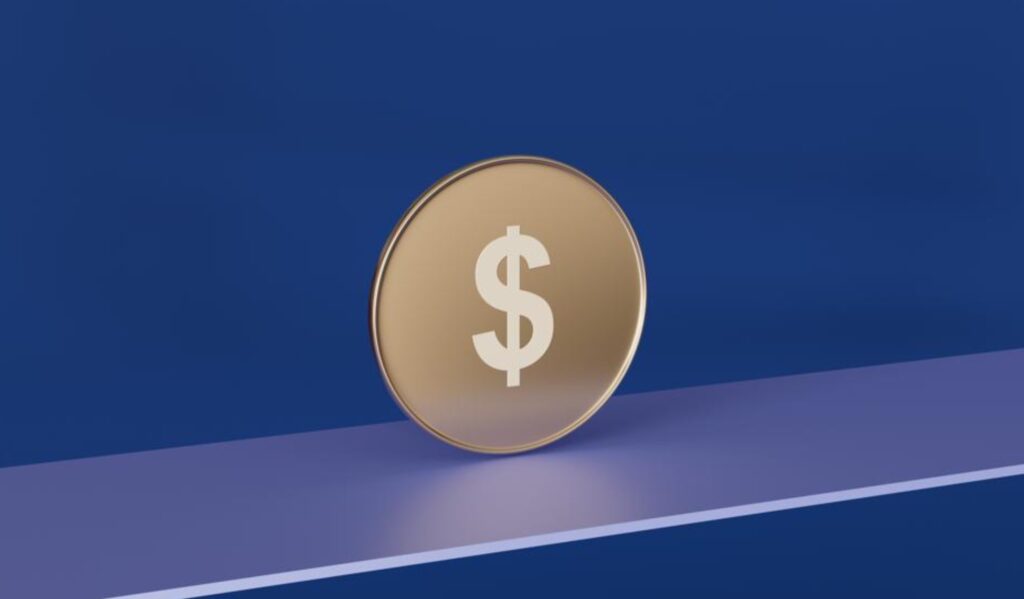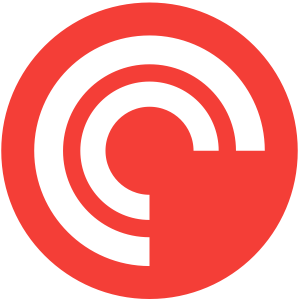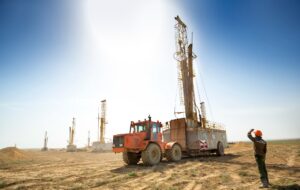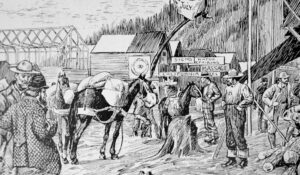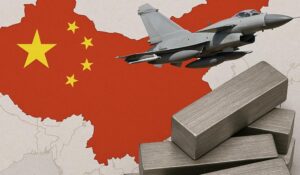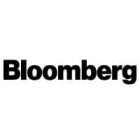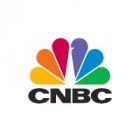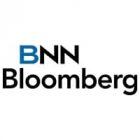Every era of finance is marked by a breakthrough that rewrites the rules. Index funds, introduced in the 1970s, gained traction in the 1980s by giving individual investors low-cost access to markets. The 1990s and 2000s saw the rise of exchange-traded funds (ETFs), offering liquidity and flexibility. More recently, crypto revealed the possibility—and pitfalls—of decentralized finance. Now, another inflection point is emerging: The tokenization of real-world assets (RWAs).
Nowhere will this innovation matter more than in commodities, the foundation of global supply chains and one of the most capital-hungry industries in the world. This is not just about digitization; it’s about building a new market infrastructure that could alter who controls capital, how it flows and who gets to participate.
From Gold Bars To Global Liquidity
Tokenization is “the process of representing a physical or financial asset digitally on a blockchain.” That token can then be traded, fractioned and settled in real time—much like a stock or ETF but without the limitations of traditional market hours or intermediaries. For commodities, this means taking what was once locked in private contracts—royalties, streams, barrels of oil, ounces of gold—and opening them up to broader investor participation.
Gold is already showing the way. Products like Tether Gold and PAX Gold have billions in circulation. While that’s a small fraction of the $27 trillion gold market, it’s proof that investors trust tokenized exposure to tangible assets. It’s also a signal: If investors are willing to hold digital gold, why not tokenized copper production, oil royalties or uranium streams?
